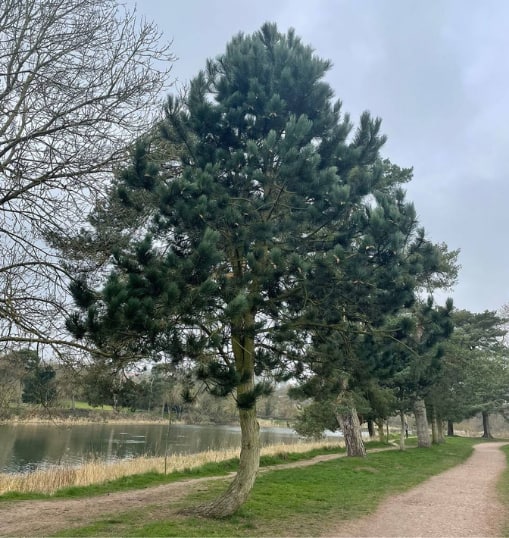Introduction: Bonsai, the art of cultivating miniature trees, has captivated people worldwide for centuries. These tiny living sculptures offer a unique blend of horticultural expertise and artistic creativity. One of the essential aspects of bonsai cultivation is the art of pruning. This blog post will explore how pruning trees for bonsai transforms them into miniature masterpieces.

The Art of Bonsai Pruning:
- Size Control: Pruning is the cornerstone of bonsai artistry. It allows growers to maintain the small stature of the tree, transforming a full-sized tree species into a compact, captivating masterpiece. Pruning also helps create the illusion of an old, weathered tree in a small form.
- Branch Structure: Pruning helps shape the tree’s branch structure. By selectively trimming branches and foliage, bonsai enthusiasts can create the desired style, whether formal, informal, or cascade. This meticulous process often takes years to perfect.
- Apical Dominance: Bonsai pruning often involves controlling the tree’s apical dominance, which is the tendency for the tree’s uppermost branch to grow faster and taller. By strategically pruning the apex, growers can encourage the growth of lower branches, achieving a balanced and aesthetically pleasing silhouette.
When to Prune Bonsai Trees:
- Early Spring: Most bonsai trees are pruned during early spring, just before the growing season begins. This timing allows the tree to recover and produce new growth during the spring and summer.
- Maintenance Pruning: Bonsai trees require regular pruning throughout the growing season to maintain their shape and size. This includes removing unwanted shoots and maintaining branch density.
Pruning Techniques for Bonsai:
- Pinching: Pinching is a technique where growers use their fingers to remove new shoots or buds. This method is suitable for fine-tuning the tree’s growth.
- Cut and Grow: This technique involves hard pruning, where branches are cut back significantly, and then growers allow new shoots to grow freely. Afterwards, these shoots can be pruned and shaped.
- Wiring: Wiring is used to shape branches into desired positions gently. It’s a precise and delicate process that, when combined with pruning, helps create the bonsai’s unique design.
Tools for Bonsai Pruning:
- Bonsai Shears: These small, sharp shears are ideal for precision pruning of branches and leaves.
- Concave Cutters: Used for removing larger branches cleanly, leaving minimal scarring.
- Wire Cutters: Essential for removing wires after shaping branches.
Conclusion: Pruning trees for bonsai is a labour of love, requiring patience, skill, and dedication. It’s a timeless art form that transforms ordinary trees into living works of art, each telling a story of beauty, endurance, and meticulous care. Whether you’re a seasoned bonsai enthusiast or just starting on this rewarding journey, mastering the art of pruning is essential to creating miniature masterpieces that capture the essence of nature in a small, captivating form.
Call us on: 01732 443299
Click here to find out more about Sevenoaks Tree Surgeons
Click here to complete our contact form and see how we can help with your tree’s needs.